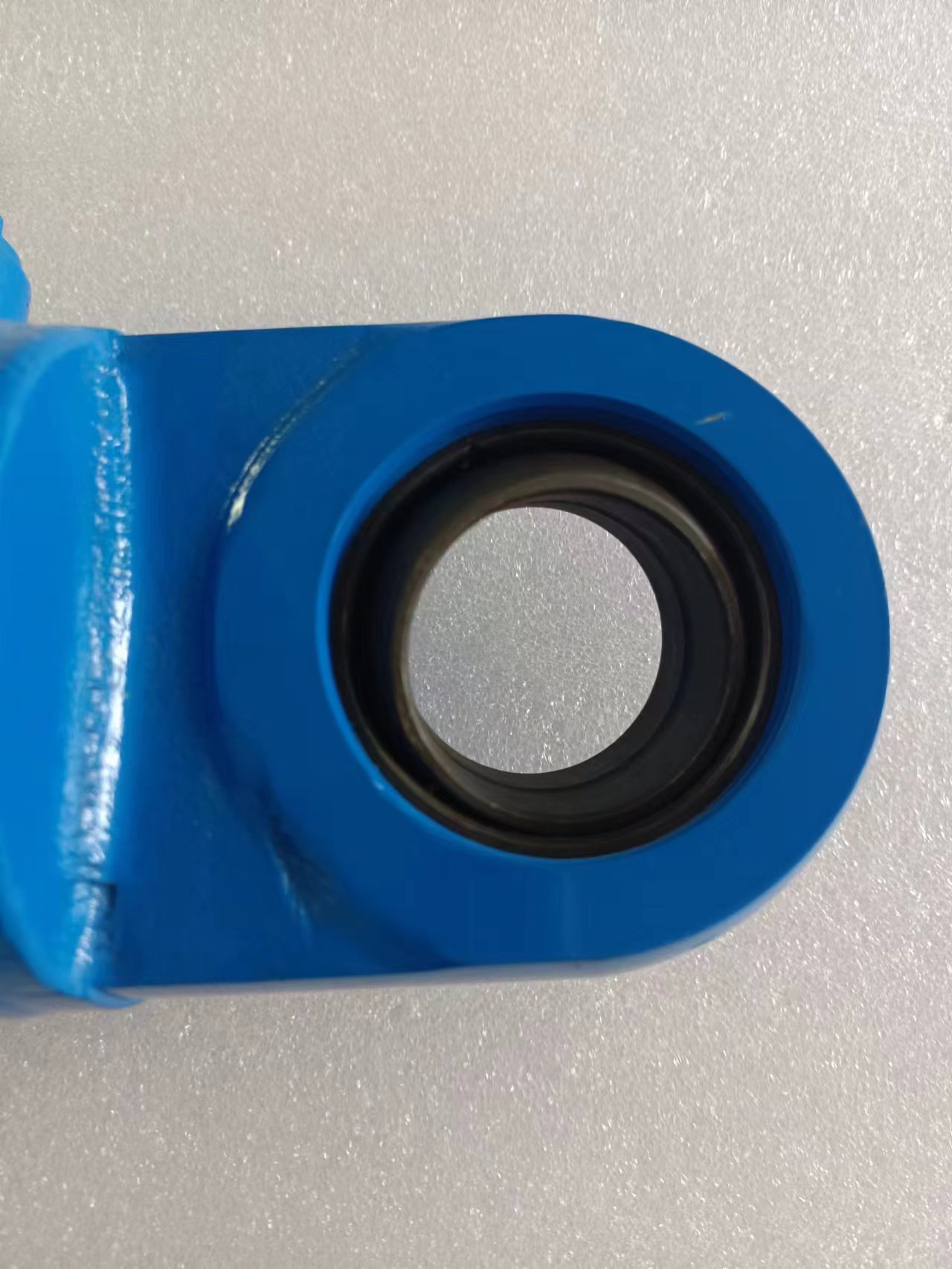Aug . 02, 2024 14:47 Back to list
Comprehensive Guide to Double Acting Cylinder Hydraulic Systems and Their Applications
Understanding Double Acting Cylinder Hydraulic Products
Double acting cylinders are pivotal components in hydraulic systems, widely used in various industries, including construction, manufacturing, and automotive applications. These hydraulic products are designed to exert force in both directions, making them versatile tools for a range of movement tasks. This article will explore the functionality, advantages, applications, and maintenance of double acting hydraulic cylinders.
Functionality of Double Acting Cylinders
A double acting cylinder operates by using hydraulic pressure to either extend or retract the actuator rod, allowing for linear motion in both directions. It consists of two main chambers the extension chamber and the retraction chamber. During the extension phase, hydraulic fluid enters the extension chamber, pushing the piston outwards and thereby moving the load. Conversely, when fluid is directed to the retraction chamber, the piston retracts, pulling the load back.
This mechanism is supported by various components, including seals, rods, and end caps. The seals ensure that hydraulic fluid does not leak, which is critical for maintaining the efficiency and pressure necessary for operation. The design and materials used in double acting cylinders are strategically chosen to withstand high pressures and provide durability over extended periods.
Advantages of Double Acting Cylinders
The primary advantage of double acting cylinders is their ability to provide consistent force in both directions, making them more efficient than single acting cylinders, which can only exert force in one direction and require a return spring for retraction
. This dual operation allows for faster cycle times, improved productivity, and reduced downtime, which can significantly enhance operational efficiency.Moreover, double acting cylinders are highly adaptable. They can be engineered to meet specific application requirements in terms of size, stroke length, pressure rating, and mounting configurations. This flexibility makes them suitable for tasks ranging from lifting and pressing to bending and positioning.
double acting cylinder hydraulic products

Applications of Double Acting Cylinders
Double acting hydraulic cylinders find applications across a broad spectrum of industries. In the construction sector, they are instrumental in heavy machinery, such as excavators and bulldozers, where they facilitate lifting and tilting operations. In manufacturing, they are used in automated assembly lines to streamline various processes, including stamping, pressing, and material handling.
In the automotive industry, double acting cylinders play a vital role in setups like hydraulic lifts and compression testing. Their precise control and reliability are essential in environments where safety and accuracy are paramount. Additionally, these cylinders are employed in agricultural machinery, robotics, and marine applications, showcasing their versatility in diverse settings.
Maintenance of Double Acting Cylinders
Maintaining double acting hydraulic cylinders is essential for ensuring their longevity and performance. Regular inspections should be conducted to check for signs of wear, leakage, or damage. Proper lubrication of moving parts and seals can help prevent excessive friction and premature wear. Additionally, maintaining the hydraulic fluid at optimal levels is crucial to facilitate efficient operation and avoid overheating.
Filters should be employed to keep the hydraulic fluid free from contaminants, which can degrade the system’s performance. By following a structured maintenance schedule, operators can significantly extend the life of their double acting cylinders and maintain peak performance.
Conclusion
In conclusion, double acting cylinder hydraulic products are integral to various industrial applications, providing reliable and efficient linear motion in both directions. Their ability to perform efficiently under high pressures, coupled with their adaptability to different tasks, makes them indispensable tools in many sectors. Understanding their functionality, advantages, applications, and maintenance is vital for anyone involved in the design, operation, or upkeep of hydraulic systems. By investing in quality double acting cylinders and implementing proper maintenance practices, industries can achieve enhanced productivity and operational efficiency, driving success in their respective fields.
-
1.5 Ton Flipping Oil Cylinder 70/82-40-217-720 - Hebei Shenghan Hydraulic Machinery Co., Ltd.
NewsSep.01,2025
-
1.5 Ton Flipping Oil Cylinder 70/82-40-217-720-Hebei Shenghan Hydraulic Machinery Co., Ltd.
NewsSep.01,2025
-
1.5 Ton Flipping Oil Cylinder-Hebei Shenghan|Precision&Custom Solutions
NewsSep.01,2025
-
1.5 Ton Flipping Oil Cylinder 70/82-40-217-720-Hebei Shenghan Hydraulic Machinery|Precision Engineering&Customization
NewsSep.01,2025
-
1.5 Ton Flipping Oil Cylinder 70/82-40-217-720 - Hebei Shenghan | Hydraulic Solutions, Customization
NewsSep.01,2025
-
1.5 Ton Flipping Oil Cylinder 70/82-40-217-720 - Hebei Shenghan Hydraulic Machinery Co., Ltd.|Precision Engineering&Customizable Hydraulic Components
NewsSep.01,2025
